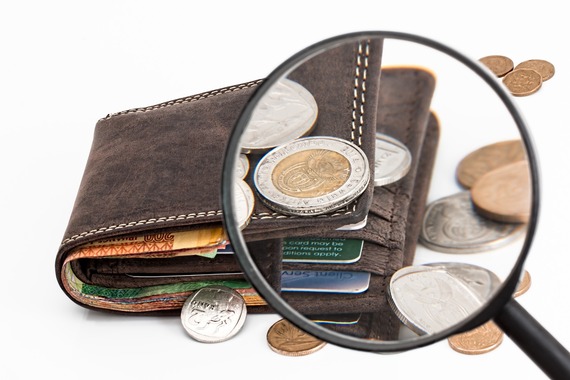A couple of weeks ago I wrote about my little world being blown apart by the use of blockchain technology to fund space exploration. This multifaceted technology is just incredible, in such a short space of time it has brought us, regular Joes, access to a world that was previously inaccessible. So if Barclays is bringing Bitcoins to the high street, I wanted to know what the advantages were of using blockchain technology to look after my cash versus traditional banks.
According to the Harvard Business Review (HBR), blockchain technology will do to the financial system what the internet did to the media. In the mid-90s people scoffed at the notion of reading news primarily online, but it’s happened. When cryptocurrencies first came to the public’s attention they too were derided as a passing fad, but a fad they are not. Cryptocurrencies are changing the way we not only do business, but also the way we view money.
As you’re probably aware by now, the beauty of blockchain technology is in it’s decentralisation – where no single person or computer has ultimate control over it. All cryptocurrency creation and transactions are open source, controlled by code and rely on peer-to-peer networks. Most currencies in circulation today are controlled by a centralised government and are regulated by a third party.
The first cryptocurrency to be created (and probably still the most widely known) was Bitcoin in 2009, in response to the financial crisis of 2008. Its creators were strong libertarians with very strong anti-establishment sentiments (although ironically the key players likely to end up using it will be large companies, governments and central banks). There are now approximately more than 900 cryptocurrencies available on the internet.
How cryptocurrencies work
Indulge me, let me explain traditional currency so I can compare it side by side with cryptocurrency. In order for currency to be effective it has to have a value. Money as we know it used to represent gold. Gold was scarce, tough to produce so it had value, which in turn gave currency value.
Cryptocurrency works along the same lines: the ‘coins’ are generated by ‘miners’ and it’s the work behind mining the coins that gives them their value, that and their scarcity.
And yes, where traditional currency is defined by a physical object i.e. the gold or the money in your wallet, cryptocurrency is solely digital. The coins are digital, they have to be stored electronically in a digital wallet and can only be transferred digitally to another person’s digital wallet. No physical object ever exists and the transfer is confirmed and recorded in a public ledger via the process known as mining.
Advantages of using blockchain technology to look after your cash vs traditional banks
-Decentralisation means no third party involvement in transactions, thereby lowering processing fees.
-There is no application process to open an account, unlike a bank who have to check you meet their criteria in order to open an account with them.
-The transfer of funds is instantaneous.
-The number of outlets and establishments that now only accept cryptocurrencies is rising, meaning to use these retailers, websites or online trading platforms you have to have a digital wallet full of cryptocurrency.
Of course there are downsides to every new development and the bad guys will do what the bad guys do. But technology is only going one way, and they’ll iron out the kinks. So I think I’ll wait until they do, but as blockchain technology evolves and the value of cryptocurrency increases, I know which way I’ll start looking. Oh, and as of March this year, a Bitcoin was valued at $1,268 – exceeding an ounce of gold ($1,233) for the first time.
— This feed and its contents are the property of The Huffington Post UK, and use is subject to our terms. It may be used for personal consumption, but may not be distributed on a website.
